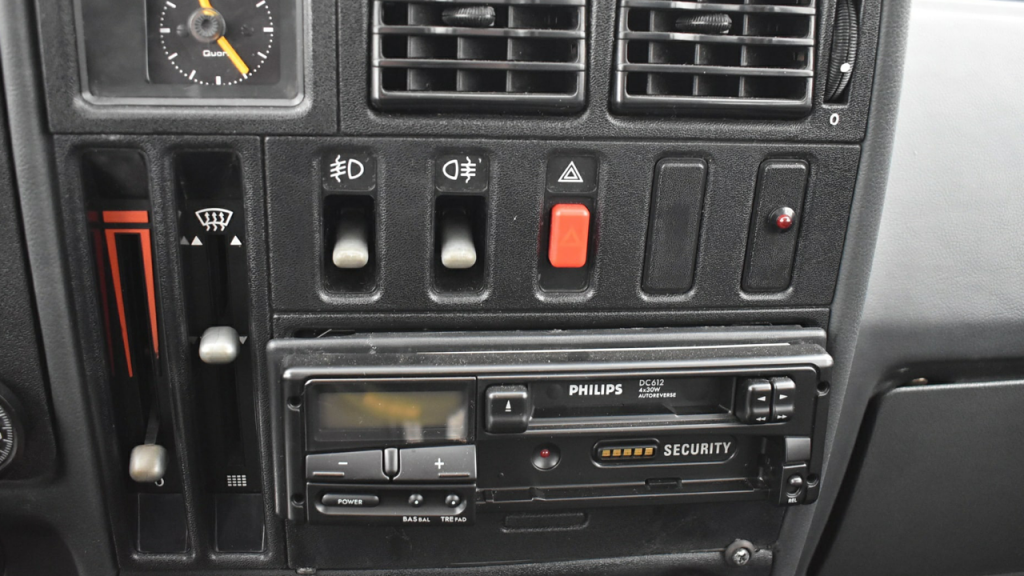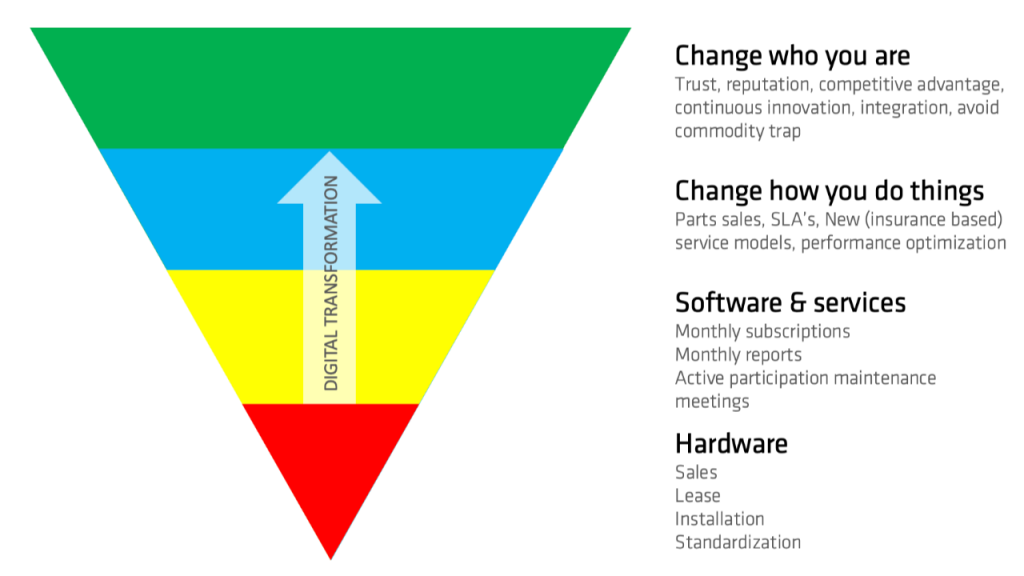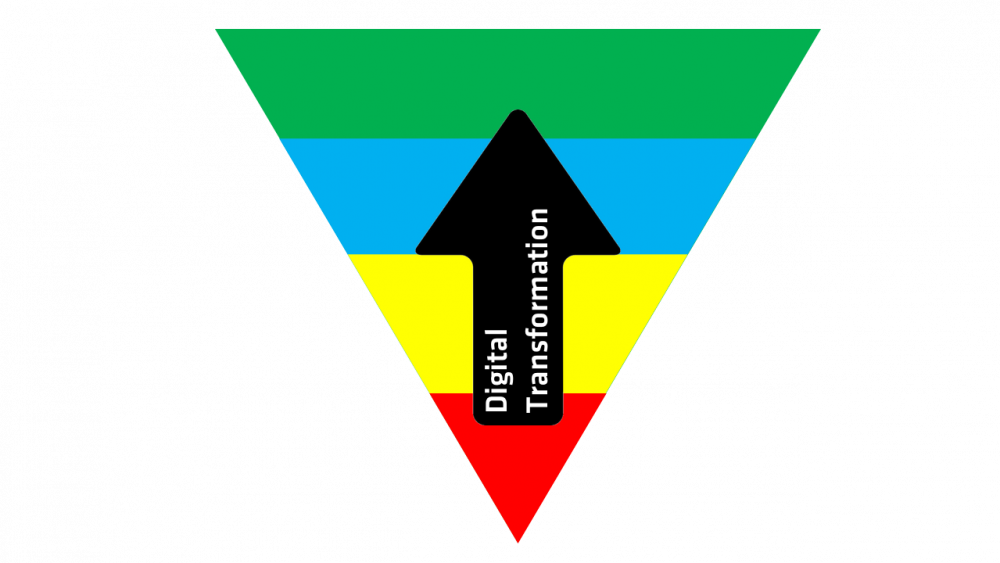Decades ago, car manufacturers designed cars with a rectangular opening in the dashboard in order to provide basic information. If you could go back to 1985 and interview an automotive engineer, he would express his conviction that car manufacturers build cars and that electronics manufacturers build electronics – no need to reconsider this segregation of functionalities! The same applies to navigation systems: 10 years ago, it was standard practice to buy a car and a separate navigation system.

What we are getting at is “what we take for granted today is likely to change tomorrow”. Elon Musk redefined what we may expect from cars by taking away the segregation between mechanics, electrics, electronics, software, and the internet. Albeit a bit more slowly, the industry is now following. Where industrial gas engine manufacturers used to see ignition as a buy-in item, nowadays companies like Caterpillar, MTU, and Waukesha supply engines with integrated electronics. A first step in the right direction, unfortunately still short of coming up with a well thought out, online analytics strategy.
At IMBU, it is our deep conviction that driven, driving, and even static industrial equipment will get smarter and smarter. OEMs of industrial equipment often have a detailed understanding of performance optimization & failure mechanisms of the equipment they manufacture. They often are frustrated that assets, once supplied to end-users, often don’t perform at the level they are designed for. Online intelligence allows, both end-user and OEM to get in sync, empowering the OEM’s with new models of efficient support to the end-user and helping the OEM to achieve a better understanding of how their machines are used and abused in real-life.
We see in practice, that notwithstanding the initial enthusiasm of the OEM to embrace smart machine programs, it can wilt after the initial development excitement. This can be due to a variety of reasons – introduction can be harder than initially expected, early customer response is less enthusiastic than hoped for, etc… This can sometimes be misperceived as a confirmation that ‘this is not for us’, we need to focus on what we are good at, forget about the online analytics, we have done without for decades, it is too fancy anyway, etc… What is going wrong here?
We started this blog by illustrating some large progressive movements in car design and industrial equipment offerings. As indicated above, we believe that driving, driven and other industrial equipment will move in the same “smart” direction – the benefits are just too large to ignore. Working closely with several OEMs, we have seen however that industrial IoT programs can initially be slow in generating revenue and value. This is illustrated by a graphic we include in any pitch we make to an OEM. The total surface of the 4 x slices of the inverted pyramid, each represent ‘value creation’, starting from the ground up.

At the narrow pyramid’s point, the surface is small and generates no direct (economic) value. This is where we define the IoT set-up, select sensor principles, work out analytics in order to find issues with machine condition and performance, typical for the selected machines. We study working principles, discuss the robustness of the set-up, do first field-trials, etc. This is exciting but also dangerous. In this phase, it is easy to lose OEM focus and enthusiasm (we all have been spoiled in our personal lives with rapidly developing electronics and software and expect the same from industrial assets). In addition. It is sometimes difficult to find end-user(s) willing to pay for the set-up, which may mean free trials. The pointed small base of the pyramid is however the indispensable layer that must be put in first. It is the base for everything that is to be built on top. In addition, this pointed layer needs to be balanced exactly right. Wrong choices here will have the pyramid tipping over later-on.
The second value-layer is where the OEM has an IoT product/service which can be sold against payment, monthly subscription, or other. The OEM may now be able to run the program for a small profit or break-even but direct revenues won’t be exciting… yet! This is where OEMs learn to scale-up the service, fine-tune functionalities, and better serve both end-user and OEM. Giga- and terabytes start to flow in, revealing that the data offers a base for previously unexpected yet very valuable insights in the OEM’s machinery performance at customers’ sites (one OEM found out that their pumps are often operated with pulsation induced cavitation which so far went unnoticed by the end-user but did decrease the life of certain components, another found that compressor-valves in end-user applications can often be optimized in order to dramatically increase valve-life). This is where recognition of the scope for improvements and optimization starts in reality.
The third value-layer is larger and is when things finally start to get exciting! This is where the OEM sees that the industrial IoT ecosystem, created and built over 12-24 months, enables re-thinking how products and services can be combined into new models. An example is (insurance type) monthly fees, whereby the end-user no longer takes the performance risk but buys this off by paying a fee to the OEM. The latter is now so well in tune with its customer’s asset operations that the OEM can accept said risks and is able to leverage this deeper understanding across machine design and field performance, all gained at end-users.
The fourth and largest value-layer is where industrial IoT is no longer something the OEM does as an addition but IoT becomes an integral part of any of the products the OEM sells. No longer is IoT driven by a few product champions inside the company but its value is now embraced by all in the company and fully integrated into company products and services. This is where the OEM’s identity starts to change.
Two examples of companies that went all the way to this fourth layer: Tesla and GE.
GE is an example of failure after burning through billions of USD. In our view, because GE put in a large IoT infrastructure top-down but omitted to smartly integrate sensors into their assets, develop smart analytics and start by gathering deep insights ‘at the edge’. In our opinion, successful industrial IoT projects are characterized by top-down and bottom-up parallel approaches.
Tesla is a more successful example in redefining what users can and should expect from cars. Tesla remains in direct contact with end-users, learning about car utilization and performance, and upgrades car firmware as a result. Tesla has also shown that IoT enables an OEM to use a more direct route to market, without a costly distribution network, remaining in charge by staying fully in touch with end-users. While the end result is for the future to tell, it is an impressive disruptive model, now being copied by many larger players.
We believe the inverted pyramid is a pointer for what industrial OEMs should strive for!





Comments are closed.